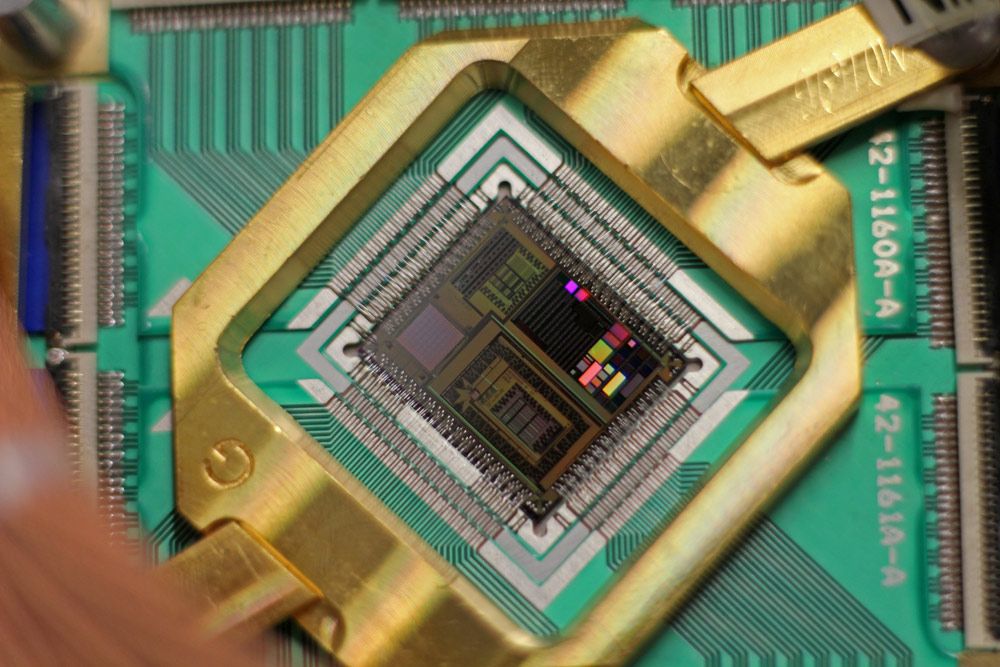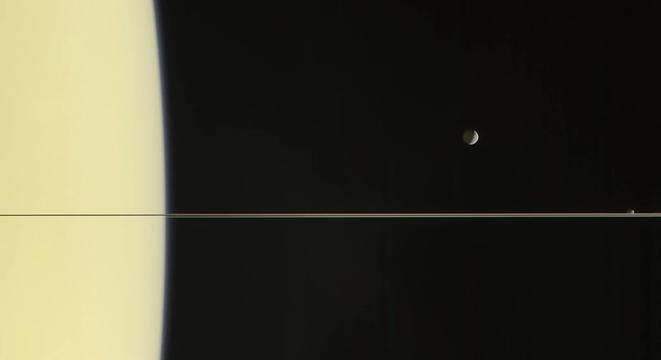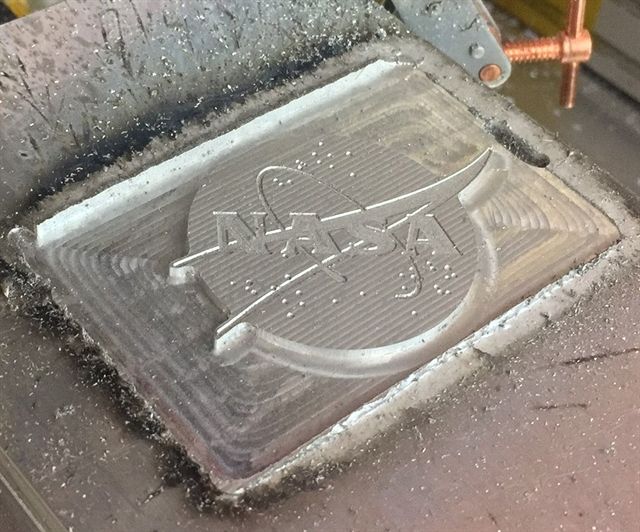Amazing. They have improved the legs and arms. Main thing, it still needs a set of hands, the torso needs to get shrunk down a lot, try to eliminate all of those whistling and cranking noises completely. And then play around with trying to put it in rubber skin, and putting the Sophia head on to it.
Get the latest international news and world events from around the world.



WHO preparing for ‘worst-case scenario’ in Ebola outbreak
The World Health Organization is preparing for the “worst-case scenario” as it continues to respond to the Ebola outbreak in the Democratic Republic of Congo.
Peter Salama, deputy director-general of emergency preparedness and response at the WHO, said in Geneva, Switzerland, on Friday that it’s “going to be tough and it’s going to be costly to stamp out this outbreak.”
There have been 34 cases of Ebola virus disease reported during the past five weeks, the WHO said Friday. Of those, two have been confirmed using laboratory tests, 14 are suspected, and 18 — who are deceased — are considered probable for the disease. Three of the patients are health care workers.

Researchers find glycolysis links to gene transcription via NAD+
A team of researchers at the University of Texas has found NAD+ synthesis and consumption integrate glucose metabolism and adipogenic transcription during adipocyte differentiation. In their paper published in the journal Science, the group describes their research into how glucose is converted into fat in the body and what they found. Sophie Trefely and Kathryn Wellen with the University of Pennsylvania and Drexel University, respectively, offer a Perspective piece on the work done by the team in Texas in the same journal issue.
As obesity rates continue to climb around the globe, scientists continue to explore why it is happening. In addition to studying the psychological aspects involved, scientists would also like to better understand why eating too much makes people gain weight. In this new effort, the researchers looked more closely into why consuming too much glucose causes the body to produce fat.
Prior research has shown that nicotinamide adenine dinucleotide (NAD) is an important molecule that plays a role in a wide variety of physiological and pathological processes. Its oxidized form, NAD+, has also been found to act as a cofactor in metabolic pathways, and more importantly, perhaps, is consumed by various enzymes. Once consumed, NAD+ is broken down into nicotinamides and ADP-ribose. This, the researchers note, means that NAD+ must be resynthesized for normal cellular function to continue. They further note that some prior research has suggested that lower-than-normal levels of NAD+ can alter metabolism, leading in some cases to higher disease susceptibility.


Data storage on DNA: Where Silicon Valley meets biotech
In the heart of San Francisco’s Mission Bay neighborhood, which not long ago was dirt lots and warehouses, Emily Leproust is cooking up what she — and $209 million worth of investor cash — believes is the future of DNA production.
Leproust is CEO of Twist Bioscience, a 5-year-old biotech company striving to make the production of synthetic DNA — which is used in fragrances, genetically modified foods and pharmaceutical drugs — cheaper, faster and smaller.
The same lab-manufactured DNA, Leproust hopes, could also transform the way data, from music to medical records, is stored.


The answer to life, the universe and everything might be 73. Or 67
A new estimate of the Hubble constant – the rate at which the universe is expanding – is baffling many of the finest minds in the cosmology community.
Hannah Devlin, Science correspondent.
